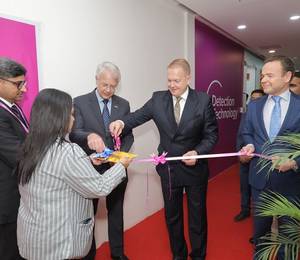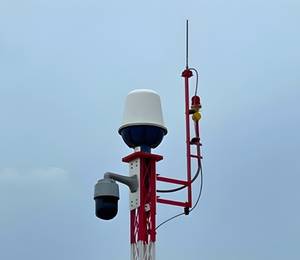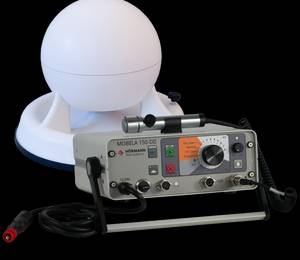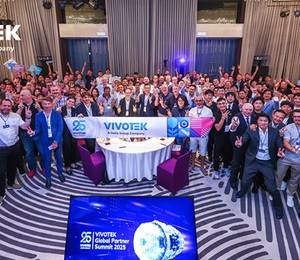Finavia, Helsinki-Vantaa airport’s operating body, has just concluded its most advanced test of facial recognition technology to date. Run in cooperation with Finnair and digital solutions company Futurice, the test-run was conducted over a period of three weeks in May, to follow-up on a preliminary trial last year.
Phase two was conducted in the Finnair normal priority passenger check-in and 1,000 frequent flyers were invited to take part. The participants used a trial app to send their face profiles to the test software platform. The travellers were then forwarded to a designated check-in desk that contained the facial recognition tech.
The fact that image recognition technology can now recognize your face didn’t prevent passengers from liking the seamless check-in.
“I’m happy to report that the customers involved in this latest test were delighted with their experience, so of course, even though we are in assessment stage concerning the facial recognition technology in a holistic sense, this bodes well for larger-scale utilisation in the future,” says Heikki Koski, Vice President of Helsinki Airport for Finavia.
The goal is to apply the technology on a much larger scale.
Though the tests are preliminary, the hopes are that they will eventually lead to a point where biometric scanning in departure and transfer halls will become the norm. One day, it may be that all you need to bring to the airport is your good self, and the rest will be taken care of by itself behind the scenes.
“We want to make air travel flow even smoother and be involved in further developing the customer experience,” says Heikki Koski, Vice President of Helsinki Airport for Finavia. “Facial recognition is part of the larger megatrend of biometric identification, and it will enable ‘hands-in-your-pockets-travelling’, where you no longer need any travel documents. When all travel-related information is digitized, it takes less time and is easier to get through the checkpoints at the airport.”
The system used in the test was supplied by Futurice, and built using existing hardware/software and cloud-based services.
“We use facial-feature-based face recognition technology, which turns facial images into untraceable biometrics IDs,” says Tugberk Duman, Project Manager at Futurice. "This enables us to identify registered passengers on the go without having to store images. This test will provide useful information on the use of this solution for environments with large customer flows and tight security needs.”











